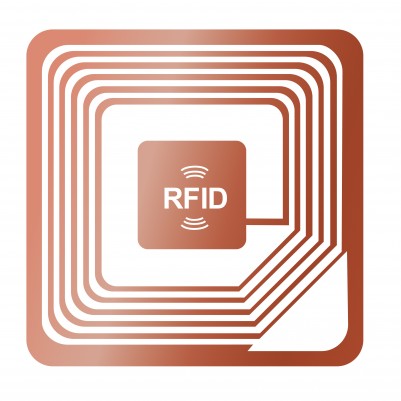Identification Systems
What is an Identification system?
An identification system is a method to cross reference information from the digital world and the physical world, whereby an identification referance is permanently applied to a psychical container and/or product. The purpose of this identification is to allow users to guarantee that the container or product they have in their hand is the same item that they see on their computer screen.
There are several identification systems available the most common is hand written or computer printed human readable text, normally made up of a mixture of fixed and unique characters designed to give users enough information to identify the item. This system relies heavily on the users ability to read and understand the characters and manually relate them to a computer based system.
Some of the other types of identification systems are referred to as machine readable, these systems have been used for many years in the retail and industrial markets. These systems use the same mixture of fixed and unique characters but instead of being presented so we could read them they are produced in another way. The information below shows you two of these methods.
Pro-curo software can be used with either of these identification systems and hardware is available from our partners to both produce and read data from these systems.
Links to more info....
To produce Barcode's click here.
To read Barcodes at your desk click here.
To read Barcodes remotely click here.
To work with RFID at your desk click here.
BARCODES
A Data Matrix code is a two-dimensional matrix barcode consisting of black and white cells or modules arranged in either a square or rectangular pattern. The information to be encoded can be text or numeric data. Usual data size is from a few bytes up to 1556 bytes. The length of the encoded data depends on the number of cells in the matrix. Error correction codes are often used to increase reliability: even if one or more cells are damaged the message can still be read. A Data Matrix symbol can store up to 2,335 alphanumeric characters.
Data Matrix symbols are rectangular in shape and usually square and are composed of "cells": little squares that represent bits. Depending on the coding used, a "light" cell represents a 0 and a "dark" cell is a 1, or vice versa. Every Data Matrix is composed of two solid adjacent borders in an "L" shape (called the "finder pattern") and two other borders consisting of alternating dark and light "cells" or modules (called the "timing pattern"). Within these borders are rows and columns of cells encoding information. The finder pattern is used to locate and orient the symbol while the timing pattern provides a count of the number of rows and columns in the symbol. As more data is encoded in the symbol, the number of cells (rows and columns) increases. Symbol sizes vary from 10×10 to 144×144 in the new version ECC 200, and from 9×9 to 49×49 in the old version ECC 000 - 140.
RFID
Radio-frequency identification (RFID) is the use of a wireless non-contact system that uses radio-frequency electromagnetic fields to transfer data from a tag attached to an object, for the purposes of automatic identification and tracking. Some tags require no battery and are powered by the electromagnetic fields used to read them. Others use a local power source and emit radio waves (electromagnetic radiation at radio frequencies). The tag contains electronically stored information which can be read from up to several meters (yards) away. Unlike a bar code, the tag does not need to be within line of sight of the reader and may be embedded in the tracked object.

How does it work
A Radio-Frequency Identification system has three parts:
- A scanning antenna
- A transceiver with a decoder to interpret the data
- A transponder - the RFID tag - that has been programmed with information.
The scanning antenna puts out radio-frequency signals in a relatively short range. The RF radiation does two things:
- It provides a means of communicating with the transponder (the RFID tag) AND
- It provides the RFID tag with the energy to communicate (in the case of passive RFID tags).
This is an absolutely key part of the technology; RFID tags do not need to contain batteries, and can therefore remain usable for very long periods of time (maybe decades).
The scanning antennas can be permanently affixed to a surface; handheld antennas are also available. They can take whatever shape you need; for example, you could build them into a door frame to accept data from persons or objects passing through.
When an RFID tag passes through the field of the scanning antenna it detects the activation signal from the antenna, this "wakes up" the RFID chip and it transmits the information on its microchip to be picked up by the scanning antenna.
In addition, the RFID tag may be of one of two types. Active RFID tags have their own power source; the advantage of these tags is that the reader can be much farther away and still get the signal. Even though some of these devices are built to have up to a 10 year life span, they have limited life spans. Passive RFID tags, however, do not require batteries, and can be much smaller and have a virtually unlimited life span.
RFID tags can be read in a wide variety of circumstances, where barcodes or other optically read technologies are useless.
- The tag need not be on the surface of the object (and is therefore not subject to wear)
- The read time is typically less than 100 milliseconds
- Large numbers of tags can be read at once rather than item by item.